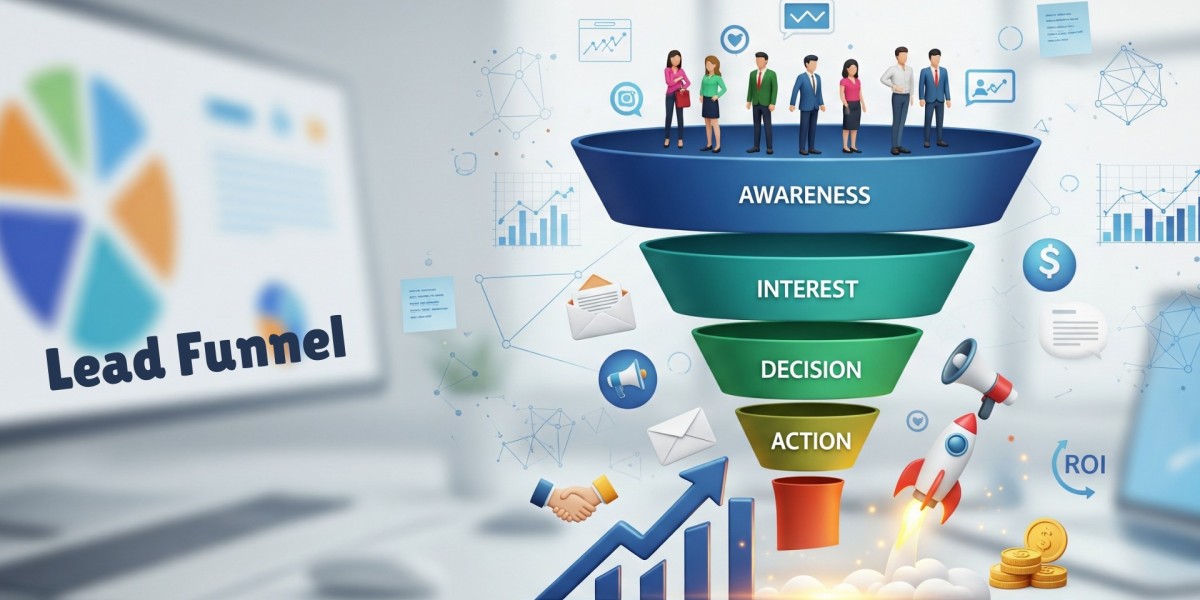Why do some businesses effortlessly convert interest into paying customers while others struggle to close deals? The difference often lies in how they guide potential buyers through each stage of the decision-making process. A structured approach ensures that no opportunity is lost, and every interaction moves prospects closer to becoming loyal customers.
From the moment someone discovers a product to the point of purchase, there are multiple stages where engagement can rise or decline. Understanding these stages and optimizing them helps companies move beyond guesswork and create a clear, predictable path to conversion. When done well, this process not only boosts sales but also enhances the overall customer experience, creating stronger brand advocates in the long term.
Why a Structured Approach Matters
Without a defined process, potential customers may lose interest or become confused about what to do next. Businesses that outline a clear buyer journey can address questions at the right time, build trust, and keep prospects engaged.
A structured approach also helps identify where people drop out of the process, making it easier to refine strategies and improve results. By mapping out each stage, companies can ensure prospects receive relevant information exactly when they need it. This not only increases conversions but also creates a smoother, more positive buying experience that leaves a lasting impression.
Common Mistakes That Block Conversions
One of the biggest mistakes is overwhelming prospects with too much information too soon, which can cause decision fatigue and hesitation. Another frequent error is failing to follow up at the right time, letting warm leads go cold.
A less obvious but equally damaging mistake is inconsistent messaging. If potential buyers receive mixed signals about pricing, value, or brand promises, they are less likely to commit. Resolving these issues early helps prospects move forward with confidence and avoid stalling midway.
How a Structured Sales Path Guides Buyers Toward Action
A lead funnel creates a step-by-step pathway that nurtures prospects from awareness to decision. Each stage serves a specific purpose: educating, building trust, and encouraging commitment. By understanding where prospects are in their journey, businesses can tailor their communication and offers to match their current needs.
This targeted approach ensures that prospects are never left wondering about the next step. Instead, they are guided naturally toward making a purchase, with each interaction adding value and reinforcing trust. Over time, this consistency not only improves conversion rates but also strengthens brand loyalty, turning first-time buyers into repeat customers.
Best Practices for Maximizing Conversions
Successful conversion strategies focus on clarity, timing, and relevance. Clear calls-to-action at each stage reduce confusion and keep prospects engaged. Delivering the right message at the right time ensures that information is both useful and persuasive.
It’s also important to track and analyze buyer behaviour. Noticing patterns, such as when people tend to drop off, can highlight areas for improvement. Blending data-driven insights with a customer-focused approach boosts engagement, sharpens results, and drives sustainable business growth.
Summary
Turning interest into revenue requires more than just attracting attention; it demands a clear, intentional process that moves prospects smoothly toward becoming customers. By mapping the buyer journey, avoiding common pitfalls, and maintaining consistent, relevant communication, businesses can increase conversions and build lasting relationships that go beyond a single transaction.








